John Finlayson is embarking on a second term as Highland education chairman, and he’s sounded a rallying cry.
The former headmaster wants us to reboot our views on education. It’s not all sums and spelling – it’s also life skills and local opportunities.
As we emerge from unprecedented times, do we need a new approach to attainment?
Mr Finlayson thinks so. “In ten years’ time, education will look nothing like it does today,” he says.
Don’t look back
As the schools break for summer, teachers and parents are breathing a collective sigh of relief. Homework, tests, exams – all banished to the back of our minds.
For education bosses at Highland Council though, the work is just beginning. There’s a new administration in place, and it’s tasked with helping the region recover from what many describe as the toughest times since the world wars.
It’s a natural moment to take stock.
Mr Finlayson believes there’s a lot to be proud of in Highland. He points to the heroic efforts of school staff to keep children safe and learning in the pandemic. The community spirit that permeated lockdown. Most of all, the resilience of our young people.
“Covid was a challenge we had never faced before but our schools responded really well,” says Mr Finlayson. “Highland Council and our communities stepped up to the mark and coped with so many things that were totally unexpected.
“There’s lots of learning we can take from that time, but most of all we must recognise the resilience of our schools, communities and young people.”
In a society that can be risk-averse, Mr Finlayson believes the pandemic kicked us all into high gear. “We often hark back to the good old days, but from now on the pace of change will be huge,” he says. “Ten years from now, education will look nothing like it does today.”
And instead of looking back, Mr Finlayson believes we need to focus on the future.
“Our task now is to prepare our young people for living and contributing after school.”
Challenging attainment
Despite the councillor’s upbeat comments, he recently fended off criticism about the council’s lacklustre performance in literacy and numeracy.
National figures place Highland bottom of the pile across both measures at primary school level. On 30 June, opposition councillors tabled a motion (unsuccessfully) to elevate education results to full Highland Council level. They said “all eyeballs should be on this”.
However, Mr Finlayson robustly defended the charge. First up, he says this year’s results show a 10% improvement. He also says the data – gathered in the height of 2020 lockdown – isn’t reliable.
In February, the education committee published a detailed plan to put attainment front and centre, and get Highland back on track.
Nonetheless, Mr Finlayson takes this opportunity to challenge what we really mean by ‘attainment’.
“When the Scottish Government announced that it wanted to close the attainment gap, one of the first things it asked schools to do was identify what the attainment gap means for them,” he says. “What is causing it? Is it family life, where they live, diet?
“Attainment may never mean all children achieving at the same level based on their chronological age. We need to stop measuring pupils from deprived backgrounds, pupils with additional support needs, disabilities, young carers… against middle class young people.
“Instead, we need to recognise where they are, and where they want to go.”
This, he says, is what’s meant by putting the young person at the centre of learning.
In Highland, circa 2020, it meant focusing on wellbeing first and foremost. Now, Mr Finlayson admits, the council is playing catch up.
But he believes it’s on a rapid upward trajectory.
‘Highland has more rounded young people than East Renfrewshire’
Mr Finlayson is proud of what Highland pupils have accomplished, beyond the standard metrics. “If you look at the last month, our Highland youngsters have had so many experiences that pupils in other parts of Scotland just don’t get,” he says.
He’s referring to Highland’s track record in emotional wellbeing, outdoor education, STEM subjects and enterprise, among others.
The council’s new mental health and wellbeing website launched in May and received 1,400 visitors in the first fortnight.
Last month, we reported on Wick High School, which despite having one of the highest poverty rates in Scotland, has made great strides in closing the attainment gap. Pupils there won a national youth award and told us they’d be in a “very dark place” without their school support network.
That, says Mr Finlayson, is exactly the point. “We need to move from our preoccupation with assessment and accreditation towards skills and attributes.
“Highland has more rounded individuals than places like East Renfrewshire, which is consistently at the top of the national league tables.”
That’s not to say that literacy and numeracy don’t matter – far from it. Mr Finlayson emphasises that the council is on a “journey of improvement”.
Since publishing the February action plan, the council has trained more than 100 educationalists in quality assurance and moderation.
Education bosses have also met primary head teachers across the region, with the challenge of working together to deliver improvements.
Better schools, better resources
These improvements aren’t just to learning and teaching. There’s a firm theme of modernisation running throughout Highland Council’s education strategy.
Hot off the press, the council announced earlier this week that it’s handing out 23,349 new Chromebooks over the next six months. Every senior primary pupil and secondary pupil currently has a Chromebook, with shared devices for all other primary classes.
In a major refresh, Highland Council also gave new devices to S1 to S3 pupils before the end of term. Primary pupils will get theirs after the summer holidays, and senior secondary pupils by the end of 2022.
“We must continue to build on the lessons we learned during Covid about using technology to support learning,” says Mr Finlayson. “Chromebooks play a key role in that commitment.”
The council also made a big commitment to its school buildings. It has the biggest school estate in Scotland, but faces major problems getting them all up to scratch. Escalating construction costs and national funding uncertainties have cast doubt on its flagship builds.
On 30 June, Highland Council wrote to parents to warn of potential delays to several new school builds. These include St Clements, Park, Dunvegan, Broadford, Beauly, Culloden, Nairn, Charleston and Tain.
Mr Finlayson says the situation is a “perfect storm” but the council will work with the Scottish Government to deliver.
“We must continue to build new schools and modernise and improve our buildings,” he says. “We have a capital programme that was agreed by the last administration and we have communities that are expecting new schools.
“They have worked hard for many years to get to a position where they are within touching distance of getting them and we must work to make these projects a reality.”
Local focus
Mr Finlayson – himself an independent councillor – hopes that the new coalition deal with the SNP will improve communication with the Scottish Government.
“We’ve got a centralised approach to politics in Scotland at the moment,” he says. “If the SNP have that ear, surely they will recognise the diversity of the Highlands. What happens in Highland isn’t the same as Edinburgh.”
Indeed, localism (or its new buzzword ‘place based planning’) is a hot topic at Highland Council. It’s about shaping budgets, services and strategies around local need, and devolving power. Interestingly, Mr Finlayson wants more localism in education, too.
That means consistency in assessment, but allowing for local nuance.
“What is education about?” he says. “At the end of the day, when Aberdeen’s oil industry was booming, they engaged with businesses to prepare people for work in the oil industry. Up in Caithness, Dounreay no doubt did the same. Here in Skye, we should be looking at tourism.
“We need to make sure our schools and communities are working together on what’s important to them.
“Sometimes we lose sight of that. We can be risk-averse, but Covid showed us we have the resilience to really prepare young people for life.”
More from the Schools & Family team
Proms in pictures: Gordonstoun School 2022 Leavers’ Ball
Mothballed north-east school to be closed forever
Try not to laugh at these Kintore kids’ jokes
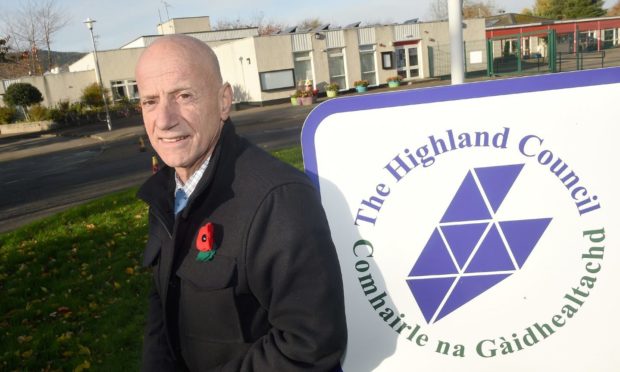
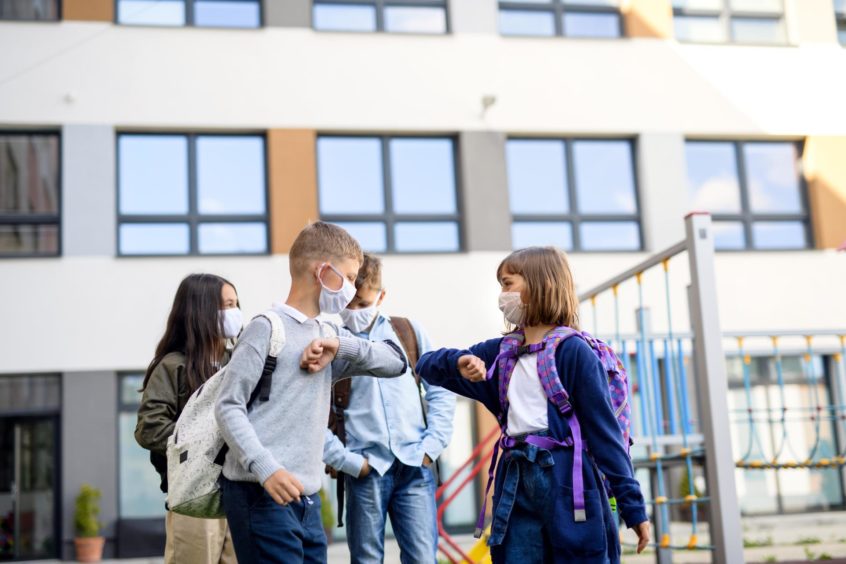
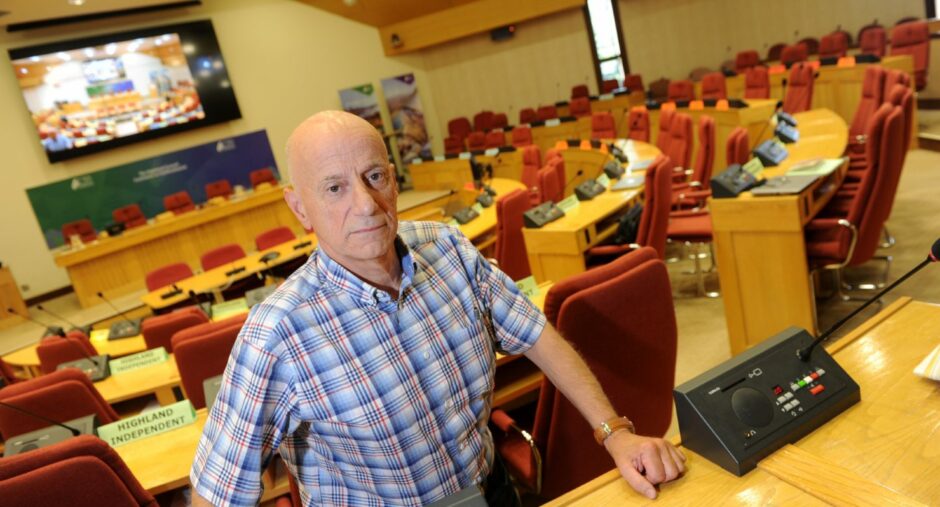
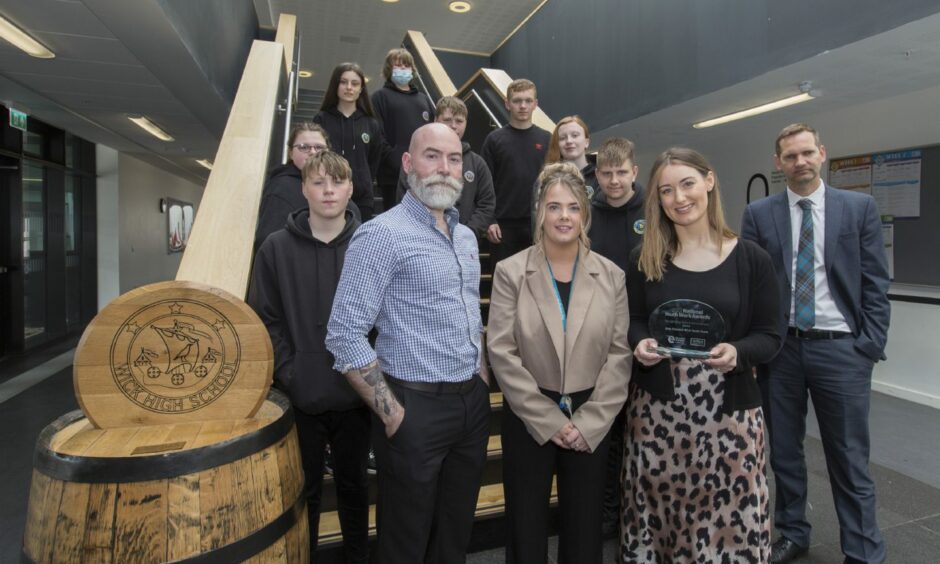
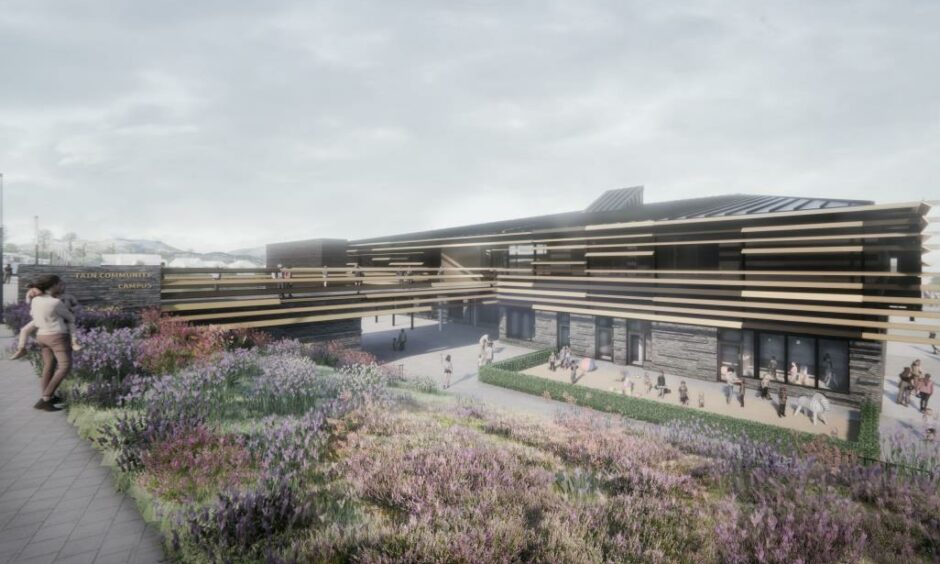
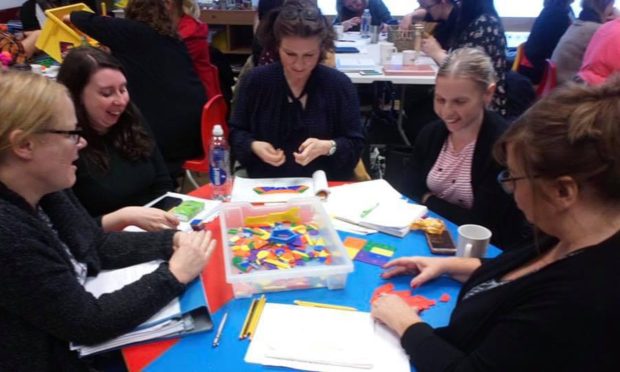

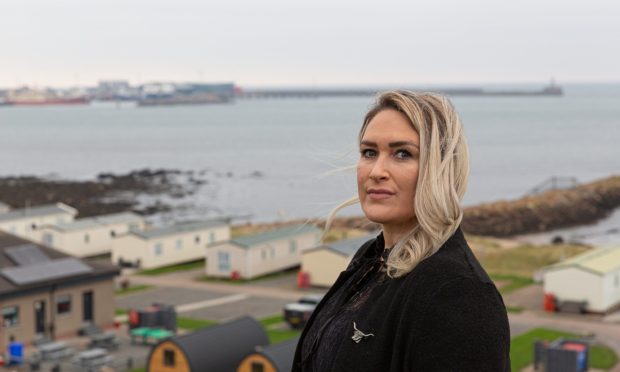
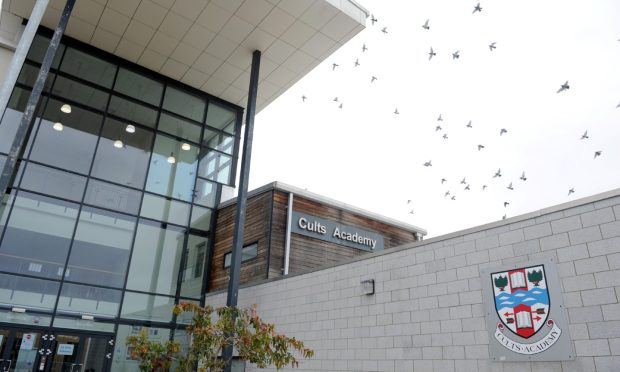

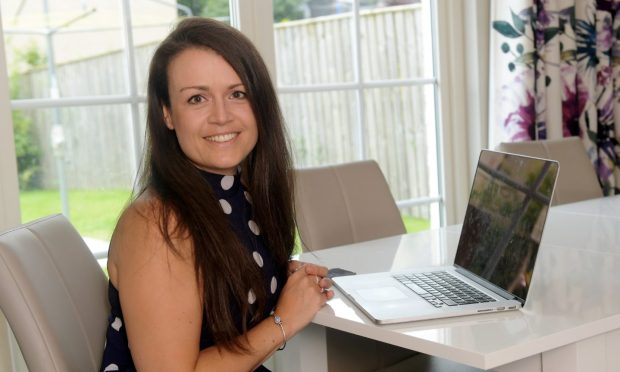
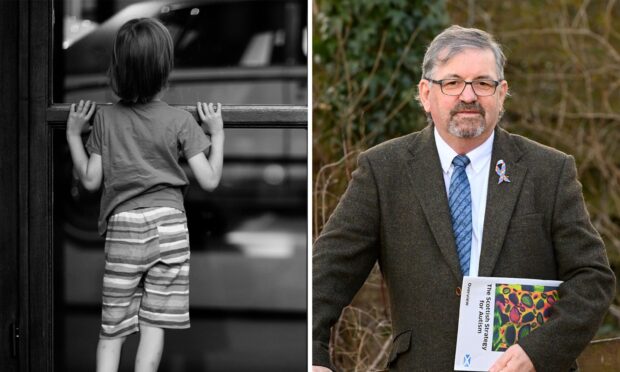
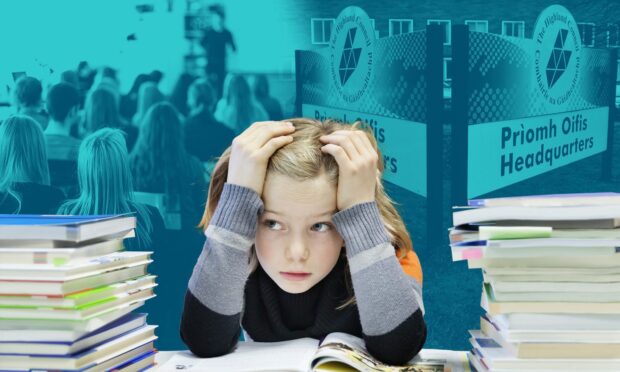
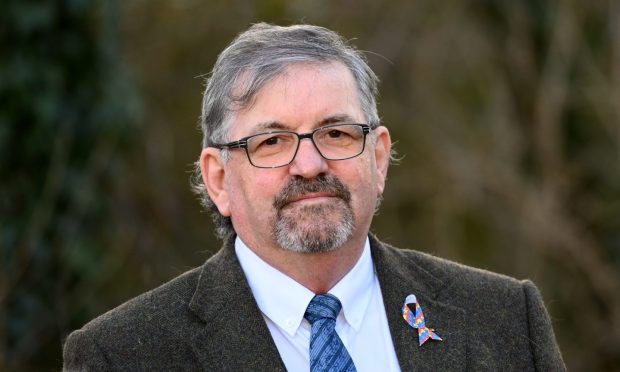
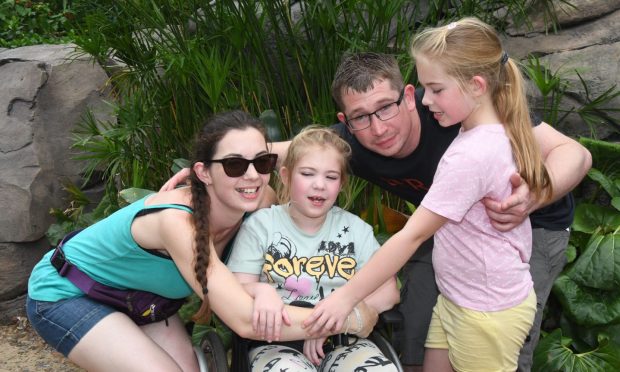
Conversation